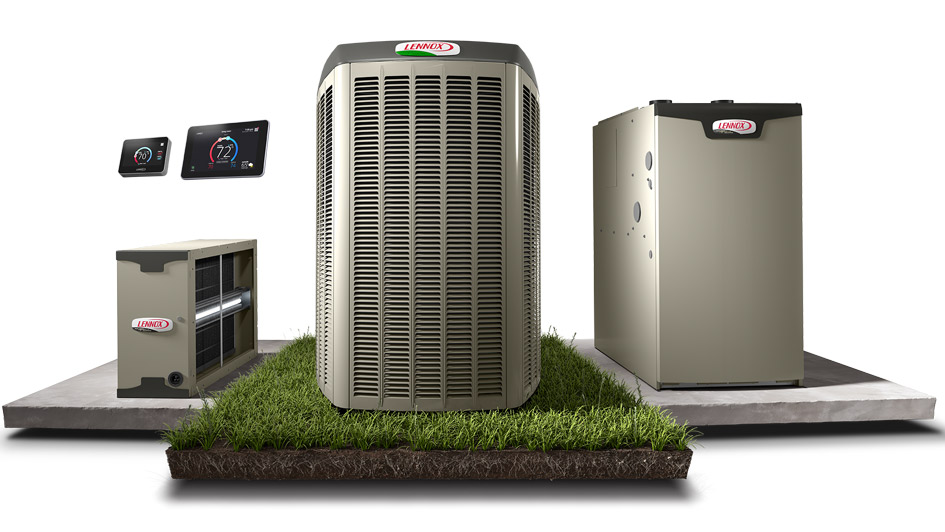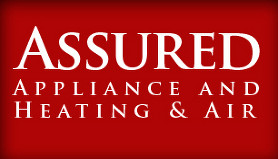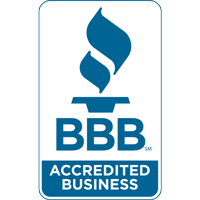
A dependable HVAC system is vital for a comfortable and energy-efficient home, but it’s also a big investment. Every homeowner deserves the most effective comfort solutions possible, which is why HVAC rebates are so beneficial. They can help make sure high-efficiency furnaces, air conditioners and other equipment is more affordable.
HVAC efficiency standards are climbing next year, so now’s an excellent time to explore your options. Various companies, organizations and even government entities are promoting rebates in 2023 to help everyone acquire a new, high-efficiency HVAC system.
Furnace Rebates Require High Efficiency Models
Lots of manufacturers of high-efficiency furnaces provide rebates toward buying a new system. These furnaces feature energy-efficient components like variable-speed blower motors, which allow the thermostat to refine how much heating is released. It’s an easy way to decrease energy use overall. Local utilities also offer furnace rebates because less energy use results in less strain on the local energy grid.
The government’s ENERGY STAR® program is also useful for obtaining a furnace rebate. You can submit your ZIP Code to see which rebates you might be eligible for. Equipment featuring the ENERGY STAR® rating means it satisfies your region’s standards for energy-efficient comfort.
Earning a Rebate for a High Efficiency Air Conditioner
Many of the same rebates for high-efficiency furnaces are also useful for air conditioners. You can save hundreds on new installation for efficient cooling from a leading brand such as Lennox. Just consult your local utility companies to find out which makes and models are eligible. In addition, you can usually join federal and local rebates for even more savings. Don’t hesitate to find out what's all available, because it can easily add up to 10% of a new, high-efficiency air conditioner
2023's Rebates for Smart Thermostats
A smart thermostat is an especially valuable addition to your home comfort system. With intelligent programming, you can fine-tune the daily schedule. Utility companies can benefit from this degree of efficiency, and so most offer rebate programs for new smart thermostats. After some time, these rebates virtually allow you to get a free smart thermostat!
These utility companies also create programs where they provide reduced rates for the ability to adjust your thermostat during peak energy use. This helps reduce strain on the grid, especially when heat waves or cold fronts arrive. When participating in this program, your thermostat will automatically be adjusted by a few degrees.
Additional Cost-Saving Options: Tax Credits for Energy-Efficient Equipment and Home Improvement Projects
Slightly different than rebates, tax credits are also offered for the purchase and installation of energy-efficient HVAC systems. For example, the Inflation Reduction Act reactivated a program in 2021 that supplied credits for up to 10% of the project’s cost. The revised credits are now worth 30% of the cost and can be claimed every year rather than only once. These credits are available for a much wider variety of projects, like home energy audits, electrical, insulation, ventilation, and even your doors and windows! The programs are fashioned to offer the most benefits for lower-income households, maximizing the improvements to HVAC efficiency nationwide.
New Legislation for Heat Pump Rebates
The recently passed Inflation Reduction Act contained separate legislation referred to as the High-Efficiency Electric Homes and Rebates Act, or HEEHRA. This incentive is especially targeted toward heat pump technology, which transfers heat instead of generating it by burning fuel. To encourage more people to transition to this energy-efficient comfort system, these rebates are substantially higher than incentives for AC units and furnaces.
If the household’s income is lower than 80% of the local median, you are able to use the rebates to cover 100% of the costs of a new heat pump. Households that meet 80-150% of the median income can take care of 50% of equipment and installation costs.

